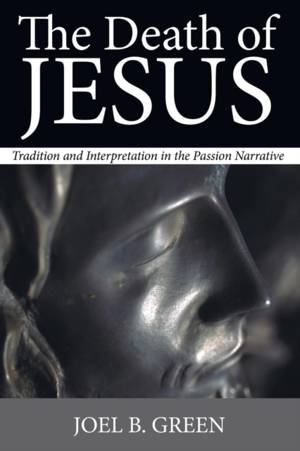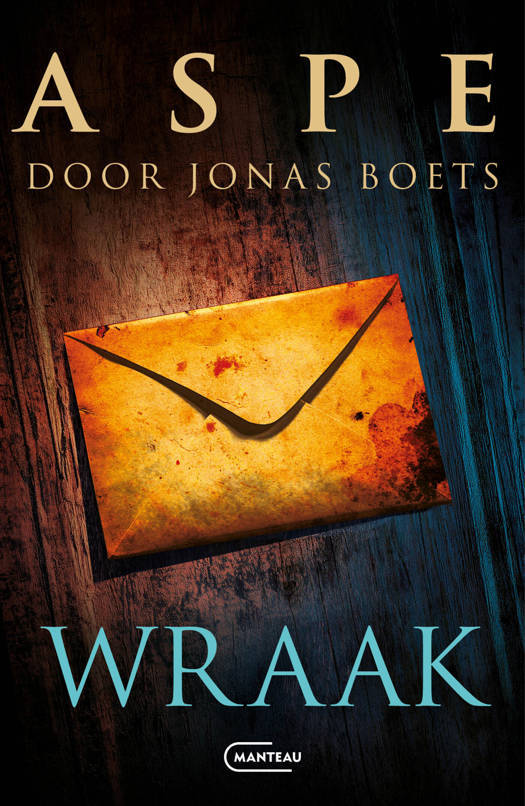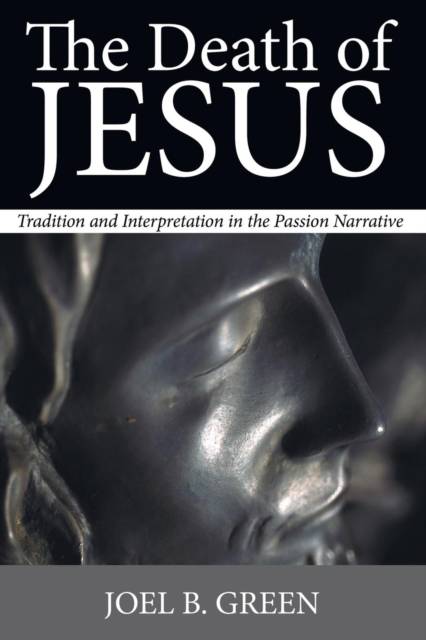
- Afhalen na 1 uur in een winkel met voorraad
- Gratis thuislevering in België vanaf € 30
- Ruim aanbod met 7 miljoen producten
- Afhalen na 1 uur in een winkel met voorraad
- Gratis thuislevering in België vanaf € 30
- Ruim aanbod met 7 miljoen producten
Zoeken
Omschrijving
Proclamation of the crucified Messiah is always close at hand when one attempts even the most cursory articulation of the Christian faith. Viewed simultaneously as scandal and eschatological turning-point the cross of Christ is the cornerstone of Christian faith and praxis. This is not to say that the crucifixion of Jesus has at all times and all places been subjected to a single interpretation by Christian believers. Already in the dawning years of the Christian movement Jesus' disciples understood his death in numerous ways, utilizing a variety of images. This study takes as its primary points of departure the prominence of the cross-event for Christians and the variety of it interpretations. Here we seek a partial answer to the question how earliest Christianity understood the death of Jesus. Originally, this study took the form of a 1985 University of Aberdeen dissertation.
Specificaties
Betrokkenen
- Auteur(s):
- Uitgeverij:
Inhoud
- Aantal bladzijden:
- 368
- Taal:
- Engels
Eigenschappen
- Productcode (EAN):
- 9781610971287
- Verschijningsdatum:
- 1/02/2011
- Uitvoering:
- Paperback
- Formaat:
- Trade paperback (VS)
- Afmetingen:
- 150 mm x 226 mm
- Gewicht:
- 521 g

Alleen bij Standaard Boekhandel
+ 95 punten op je klantenkaart van Standaard Boekhandel
Beoordelingen
We publiceren alleen reviews die voldoen aan de voorwaarden voor reviews. Bekijk onze voorwaarden voor reviews.











